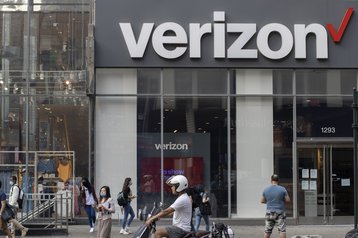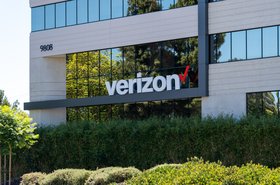US carrier Verizon has paired with Samsung Electronics and Qualcomm Technologies to deploy multi-vendor RAN Intelligent Controller (RIC) functionality in its commercial network.
Verizon said the move represents its Open RAN network push, and also highlights how AI is being used within its network to drive operational efficiency.
As part of the multi-vendor deployment, Verizon integrated Samsung's AI-powered Energy Saving Manager (AI-ESM) along with Qualcomm's Dragonwing RAN Automation Suite’s RIC to integrate energy efficiency into its network.
The RIC is a software-based component within a mobile network's RAN that uses AI and automation to optimize network performance by making decisions based on network conditions.
"Verizon has been driving innovation in and adoption of O-RAN throughout the industry because we believe an open and standardized network drives more competition, more innovation, and increased supplier diversity,” said Adam Koeppe, senior vice president of network technology, strategy, and planning at Verizon.
“Expanding on our industry-leading success with deploying O-RAN compliant radios and distributed units throughout our network, the introduction of the RAN Intelligent Controller will allow for greater flexibility and control over network operations.”
The RIC allows carriers to mix and match network segments from various vendors to deploy them on virtualized, open networks.
Beyond this, the RIC controls rApps, which are applications that manage several functions on the network "that leverage data and insights from the RAN to improve various aspects of mobile communication, such as coverage, capacity, efficiency, and service quality."
“We believe that virtualization is the key to realizing the true benefits of AI,” added Magnus Ojert, senior vice president & head of US networks business, Samsung Electronics America.
According to Verizon, Samsung's AI-ESM means that it can maximize network energy efficiency and facilitate a more sustainable approach without compromising network performance and user experience.
The AI-ESM can learn traffic patterns by location and time of the day and is able to evaluate the impact on network performance.
When there's a period of low traffic for example, Samsung's AI-ESM can switch off cell or transmission paths to conserve power and turn them back on when data traffic increases again (when traffic load reaches threshold value).
By doing this, Verizon claims that it was able to achieve an energy savings gain of 15 percent on average, with a maximum of 35 percent per sector during low traffic periods in a variety of field tests.







